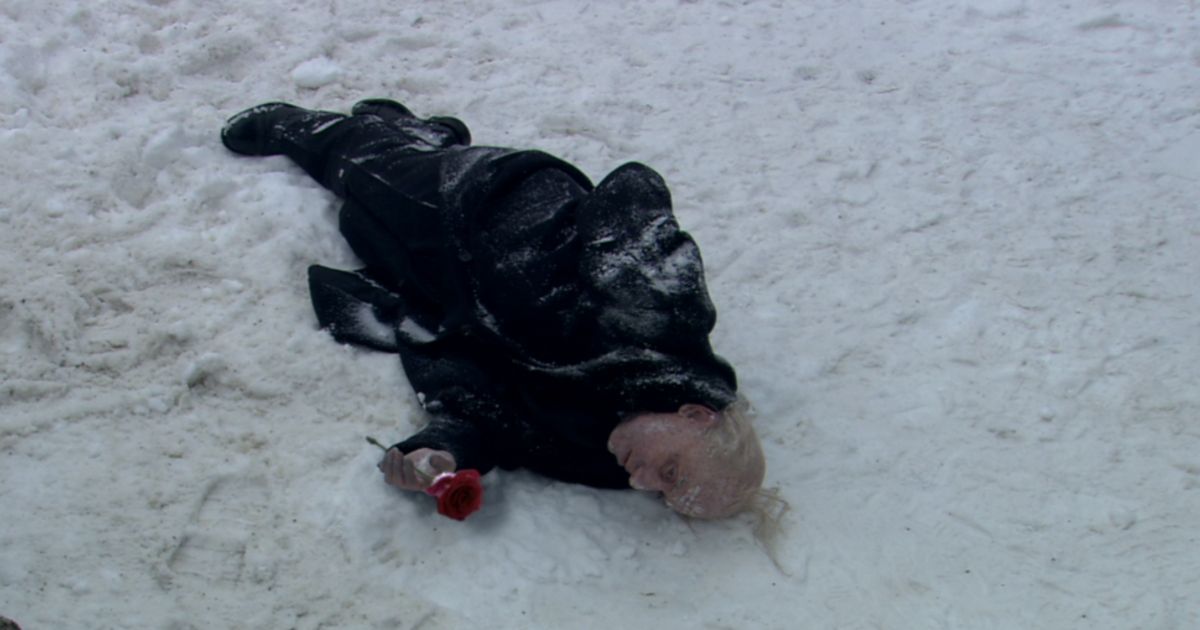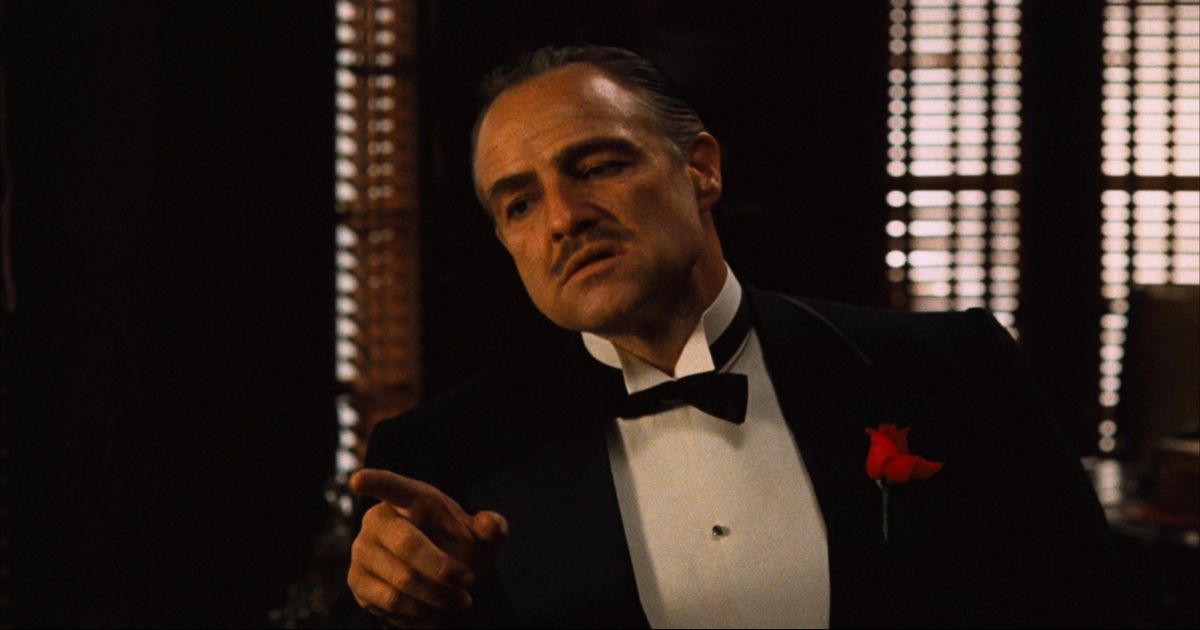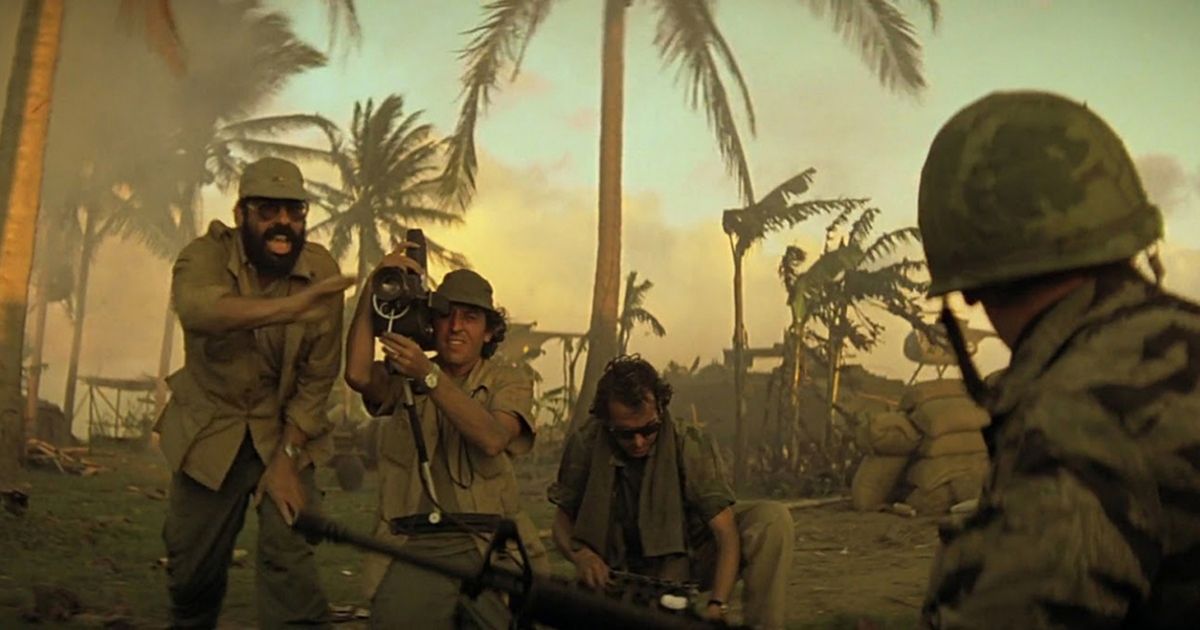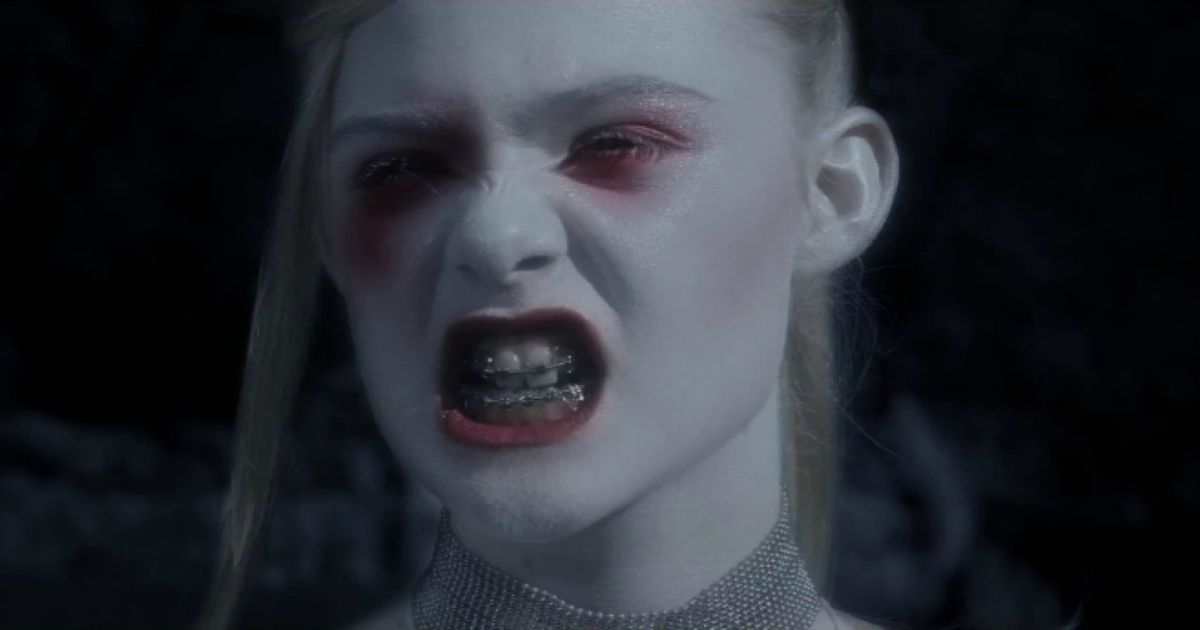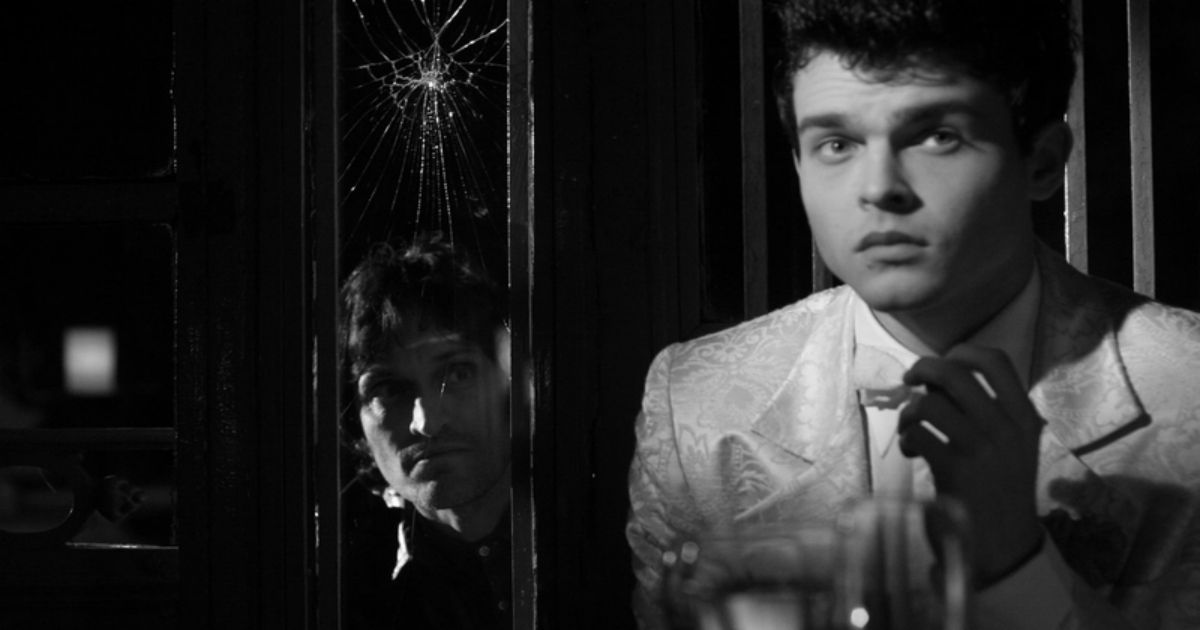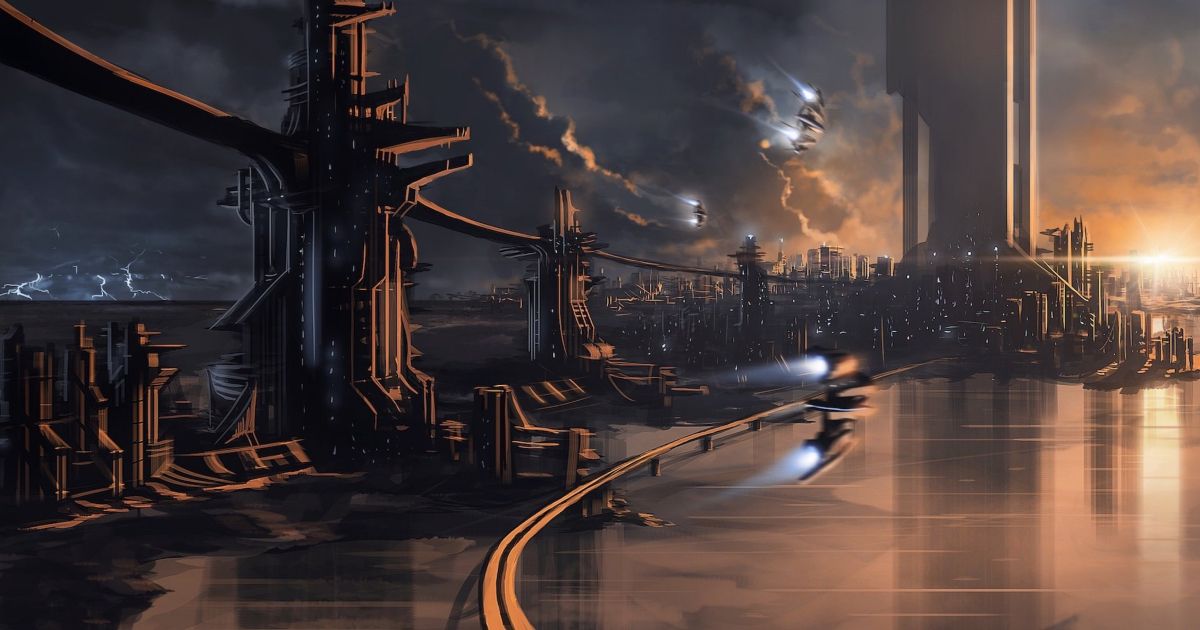According to Francis Ford Coppola, the “earliest people who made films were magicians.” When he was young, Coppola spent most of his time playing with puppets and developing imaginative stories. This was because he contracted polio as a child and was often immobile or stuck in bed. It was no surprise then when he pursued work in the film industry, one of the best mediums for telling stories.
He really began trying his hand in the movies at UCLA, where he befriended the future frontman of The Doors, Jim Morrison. According to an article by the journalist Felipe M. Guerra on Medium, to support himself through school Coppola worked on some erotic films because he found that many of his film school colleagues “paid their bills filming erotic productions.” He produced a film called The Peeper, which wasn’t a success, and was later asked to combine this film and another erotic project called The Wide Open Spaces. The end result didn’t gain much attention but earned Coppola similar opportunities.
The editing of already complete projects is what landed Francis Ford Coppola the position as famed director Roger Corman’s assistant. In an article by the Academy of Achievement, Coppola explains that Corman had some money left over from a film paid for by American International Pictures and wanted to make a second movie, so Coppola offered his script, an early version of Dementia 13. The project was a cheaply made horror film but attracted positive reviews and a cult following. After the release of his next film and UCLA thesis project, You’re A Big Boy Now, Coppola’s talent was recognized in Hollywood, and from there, his success only grew.
Coppola As a Part of “New Hollywood”
By 1970, Francis Ford Coppola had graduated from UCLA, directed a classic Hollywood musical with the legendary Fred Astaire called Finian’s Rainbow, and released his own project The Rain People. He had befriended and worked with George Lucas and joined a new movement in the film industry, an American New Wave of cinema called “New Hollywood.”
According to New Wave Film, the work of these young filmmakers was “thematically complex, formally innovative, morally ambiguous, anti-establishment, and rich in mythic resonance.” Coppola and Lucas were considered a part of this movement as well as Steven Spielberg, Woody Allen, Martin Scorsese, and more. Patton was Coppola’s first major project, which he co-wrote with another screenwriter, Edmund H. North, and won him an Oscar for Best Original Screenplay at the age of 31.
In Gene D. Philips's book Godfather: The Intimate Francis Ford Coppola, Coppola says his version of the opening scene, in which General Patton delivers a fiery speech essentially to the moviegoer with a gigantic American flag in the background, was very “controversial” at the time and got him fired from the script of Patton. But actor George C. Scott, set to claim the lead (and win an Oscar for it), fought for Coppola’s rendition. It is lucky that Scott fought for this version, considering that this opening scene has become an iconic one.
Shortly after Patton’s release, Coppola’s big hit The Godfather made its mark. Coppola went on to make several renowned movies in the 1970s, including The Conversation and Apocalypse Now, and while he never made a film quite so successful and adored as his '70s output, his output in the '80s and '90s included several masterpieces such as Rumble Fish and Bram Stoker’s Dracula. The '90s got progressively more and more difficult to Coppola as Hollywood shifted into bigger blockbuster pictures and less risky artistic decisions, and Coppola was attached to numerous projects that would later fall apart.
Coppola took a break in the late 1990s and did not start directing again until 2007, when he was 68. As the legendary director himself told us in an interview, "I don't think of it as a hiatus because most directors [...] they do a project, they can't get the money, they do another project. It also depends on the director's need to earn money. You'll find that they wait three years or so, plus, I was older, and I wanted to rediscover my strengths, my instincts. I didn't want to be a studio director [...] it might be my age, but they want to make big movies and be number one. I didn't particularly feel that so much as make more personal films. I wanted to make the kinds of films that I wished I could've made when I was 20."
Coppola in the Late 2000s and 2010s
The first movie to emerge out of Coppola’s new era was called Youth Without Youth, a 2007 film about a suicidal Romanian teacher who is granted psychic powers after being struck by lightning. Critic Ruth Hessey called the film a “vanity project” and in general, the movie bombed. In an interview with Collider, Coppola revealed that he took a break because he no longer “wanted to make the same movie over and over again” and he wanted to “change the language of the film now.” His intention with Youth Without Youth, and the remainder of his career, was to explore “personal” filmmaking without the requirements of someone else’s studio.
Two years later, Coppola released Tetro, a story about the artistic rivalry of two brothers in an Italian immigrant family. The project received more positive reviews than the previous one, but Todd McCarthy of Variety comments that “when Coppola finds his creative nirvana, he frequently has trouble delivering the full goods.” This is largely what defined the next part of Coppola’s career as experimental and creative: the work appeared to be purely personal and for the director’s own self-expression.
Despite some criticism about his return to cinema, Coppola doesn’t seem to mind that not everyone understands his new films. He says in the aforementioned Collider interview that he, personally, doesn’t want to go to a movie and say “I’ve already seen this movie,” he wants to see something unfamiliar.
In 2011, Coppola released a film called Twixt, starring Elle Fanning, Val Kilmer, and Bruce Dern. The horror film was written, produced, and directed by Coppola, and about a new writer who gets involved in a murder case in an unfamiliar town and begins to have strange dreams. The project was not received well for the most part. Coppola expressed that the main character, Hall Baltimore, was really a part of himself in a Yahoo Entertainment interview, saying that they are both “between success and failure, youth and old age, happiness and sadness, [and] between dreams.” Sadly, Coppola's beautiful, weird experiments were a bit too odd for audiences.
Coppola’s Upcoming Projects
There are two projects Coppola has been working on since 2015. The first is a semi-autobiographical film that Coppola himself has named “experimental” in Oklahoma City College’s newspaper Pioneer. The work is named Distant Vision and has yet to be completed, but has had limited viewings on OCC’s campus. A second project that Coppola is working on is called Megalopolis, a story the director is financing himself with $120 million, about New York City being destroyed and then rebuilt, which he considered making back in the 1990s. In a discussion with Mike Fleming Jr. of Deadline, Coppola reveals that like many of his films after 2000, Megalopolis is “not within the mainstream of what is produced now."
Although the latter half of Coppola’s career has not always been what one might call a 'success,' at least by box office figures (which are never correlative with artistic achievement), the director has confirmed that the popularity of the movies he makes now is not the point. In his interview with Yahoo Entertainment, he says that “by making low budget personal films, not caring about the genre, not caring whether they would be a success or failure,” he could form a “new trajectory.” Although Francis Ford Coppola has released personal films over the last two decades, audiences still look forward to his projects and this wonderful, strange new trajectory he's embarked upon.

